The Continental Aesthetic Nest at Continental Hospitals, Gachibowli, Hyderabad offers state-of-the-art, holistic cosmetic dermatology services for your hair, nails, and skin. An outstanding panel of experts with an unmatched pedigree in performing the latest skin & hair procedures, and state of the art infrastructure makes us one of the best cosmetic dermatology centres in Hyderabad.
Our facilities are gold-standard, FDI approved, and we offer a comprehensive range of procedures for skin, hair, and nails.
So now, you can look your very best, age-gracefully, and retain the youthful look at Continental Aesthetic Nest – your one-stop destination for advanced skin & hair care clinic that delivers real results.
Continental Aesthetic centers offer various treatment options tailored to each patient's specific needs, including:
Continental Aesthetic Nest brings together excellent infrastructure & patient amenities to deliver an outstanding experience for you. In addition to world-class infrastructure, our dedicated staff ensures that you are well-taken care of and all your concerns are addressed promptly & efficiently.

Tri-Beam
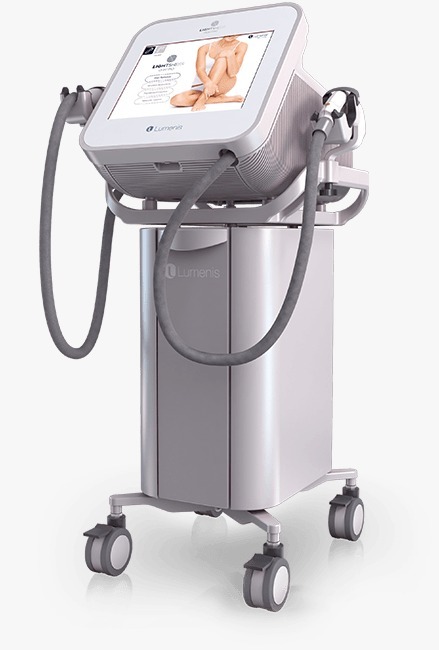
Lightsheer Desire

Ultraacel Q+

Resur FX

Removes Skin Folds, Lines, and Wrinkles for a Youthful Look

Lighten Up Complexion & Remove Dark Circles
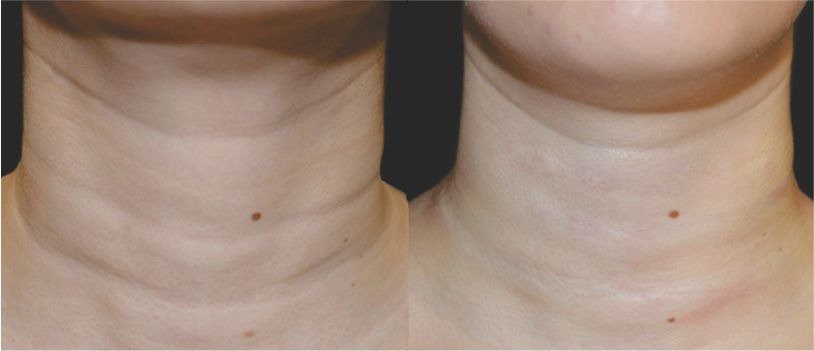
For Improved Skin Hydration & Skin Rejuvenation

Advance Treatments to Overcome Skin Blemishes, Hyperpigmentation

Acne-Scars Removal, Pimple Removal, and Treatment for Pigmentation

Removal of All Permanent Tattoos Using Q-Switch Lasers

Advance Hair Loss Treatment Using Growth Factors
With the latest technology, top cosmetic care specialists, and outstanding patient amenities, you CAN be the best version of yourself.

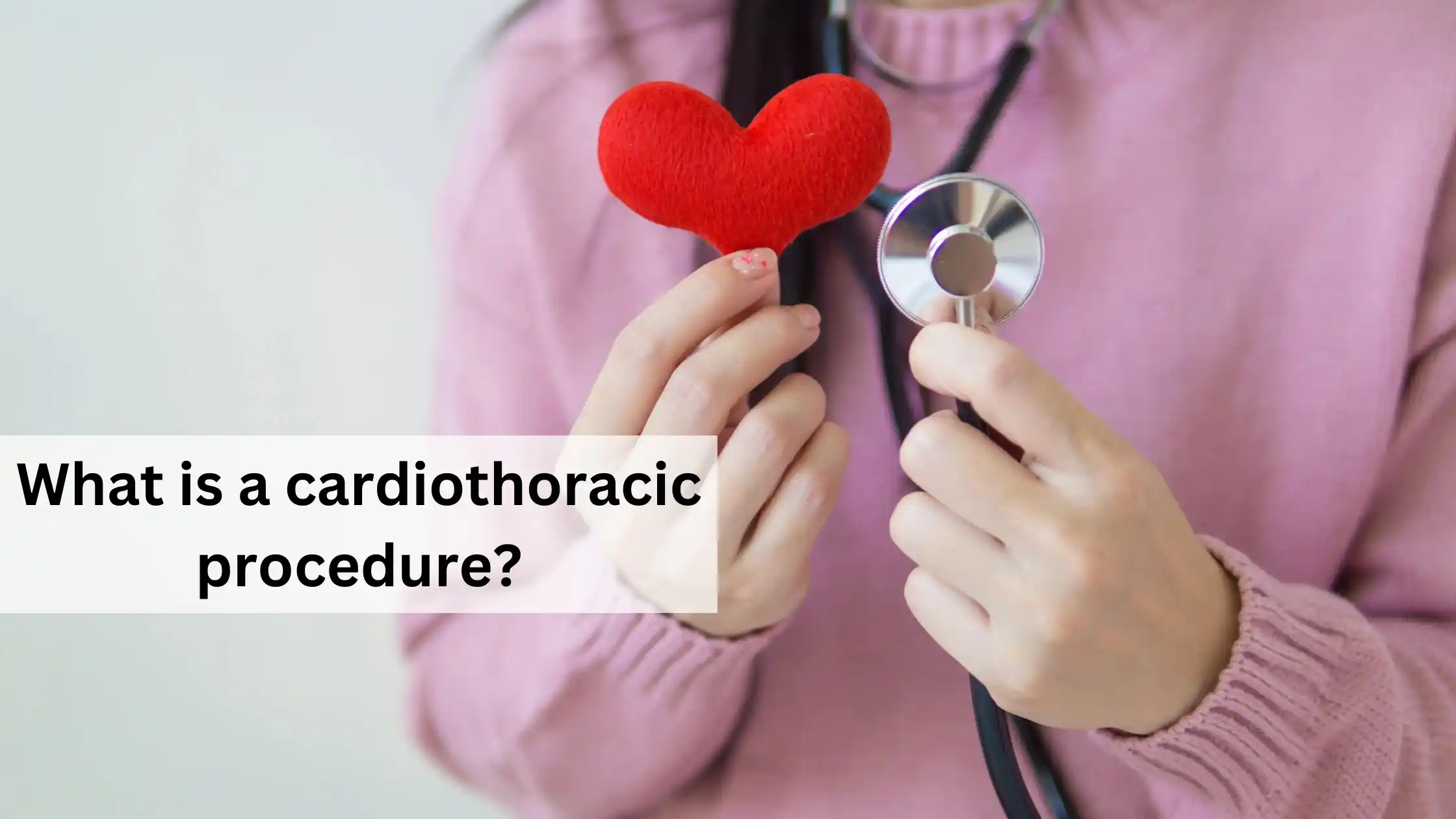
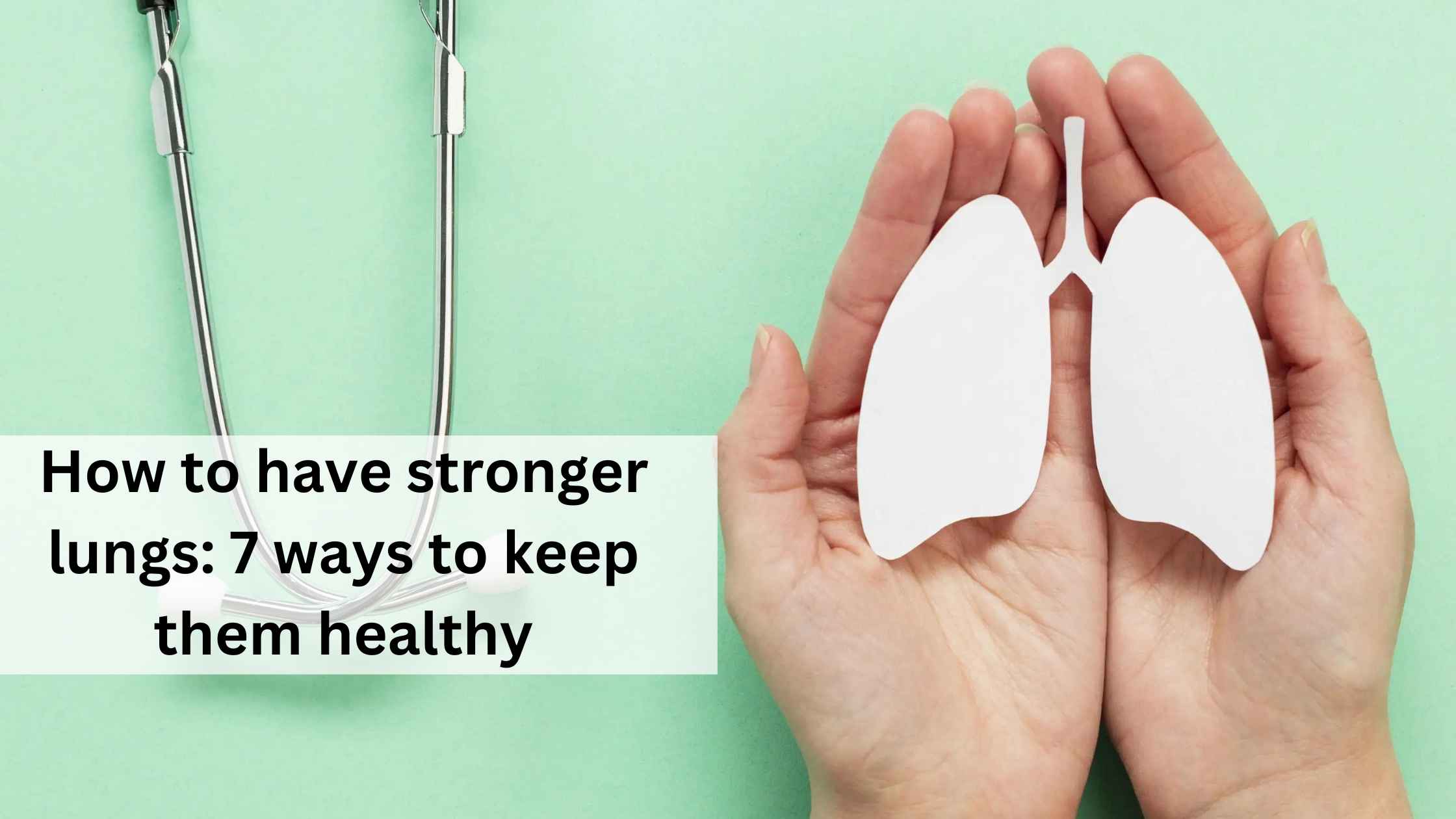
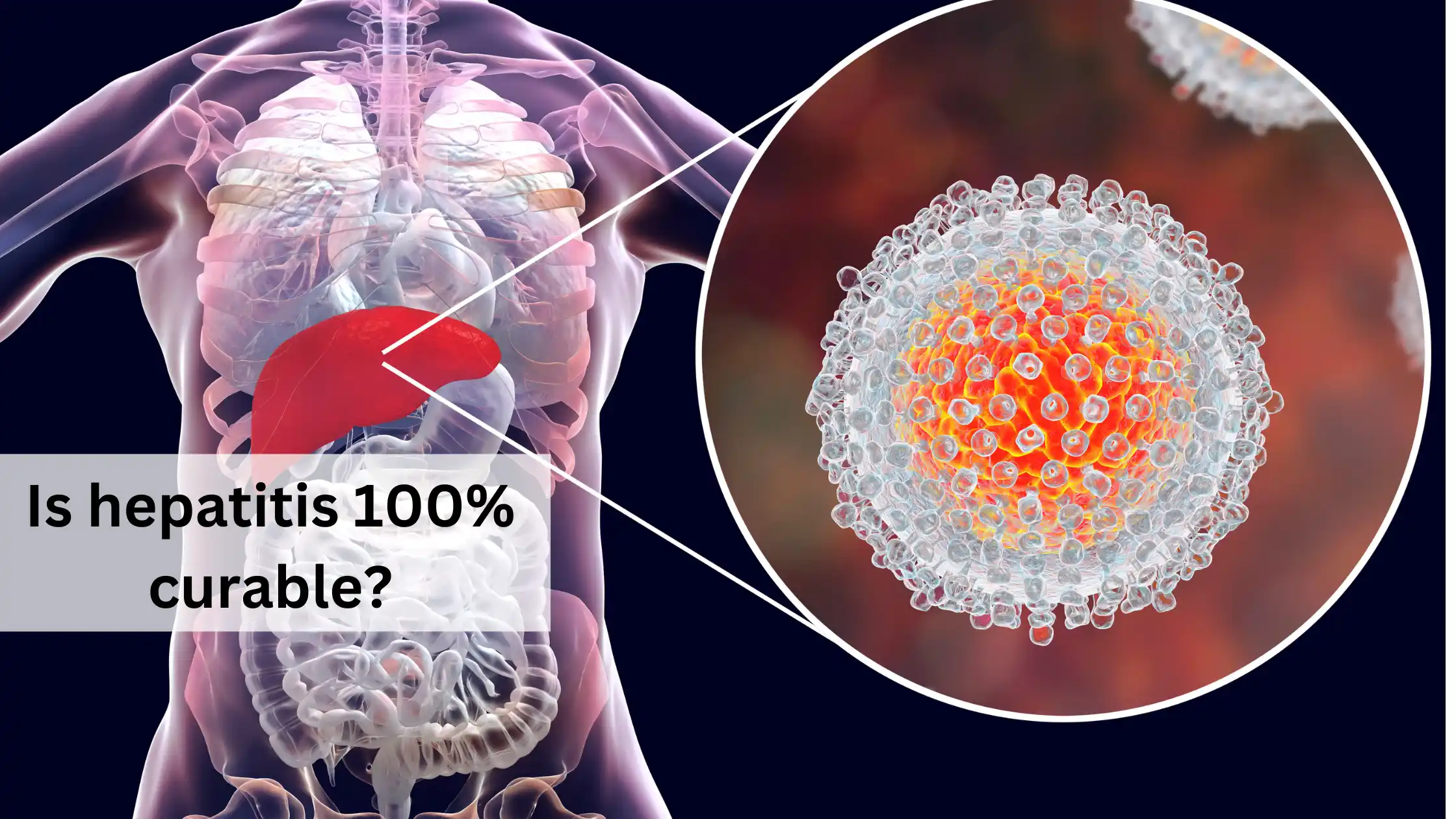


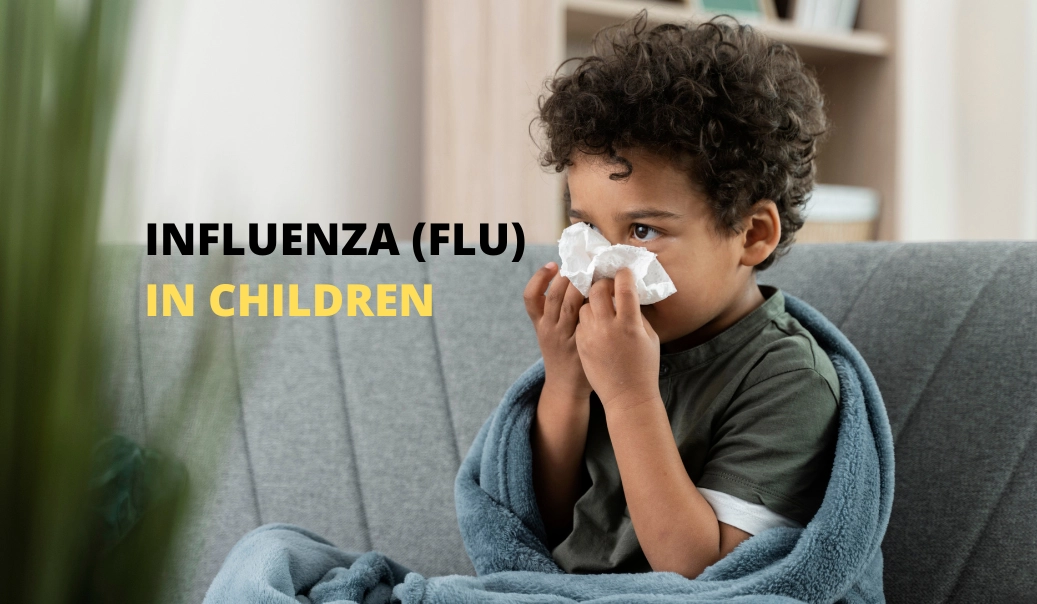



Stay connected with Continental Hospitals anytime, anywhere.
Download the app now
for faster, smarter, paperless healthcare

Whatsapp Appointment

Book an Appointment

Video Consultation

Find A Doctor
Download Hospital Brochure